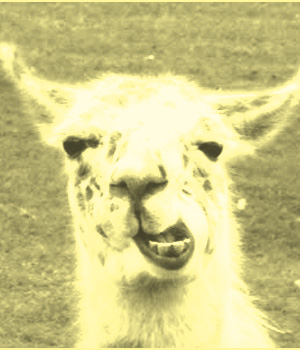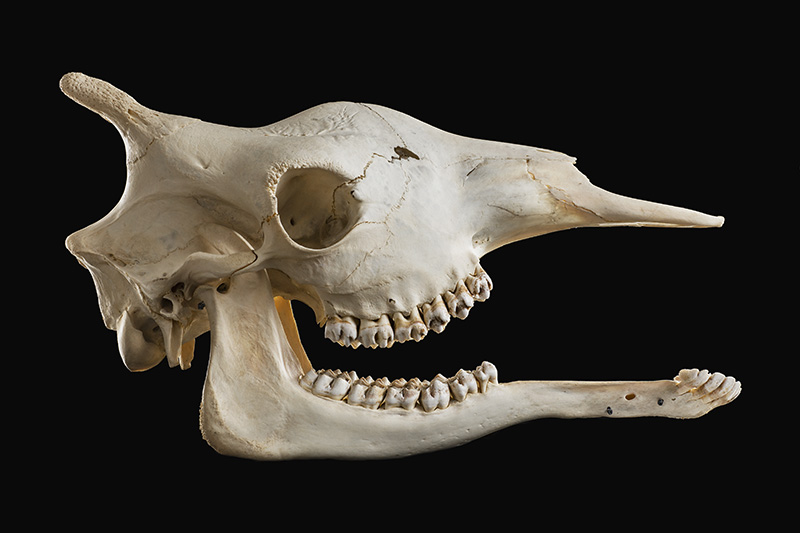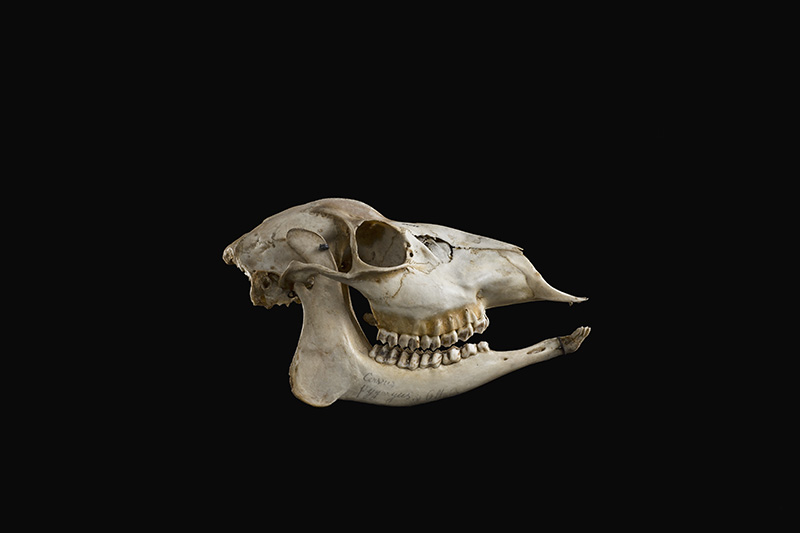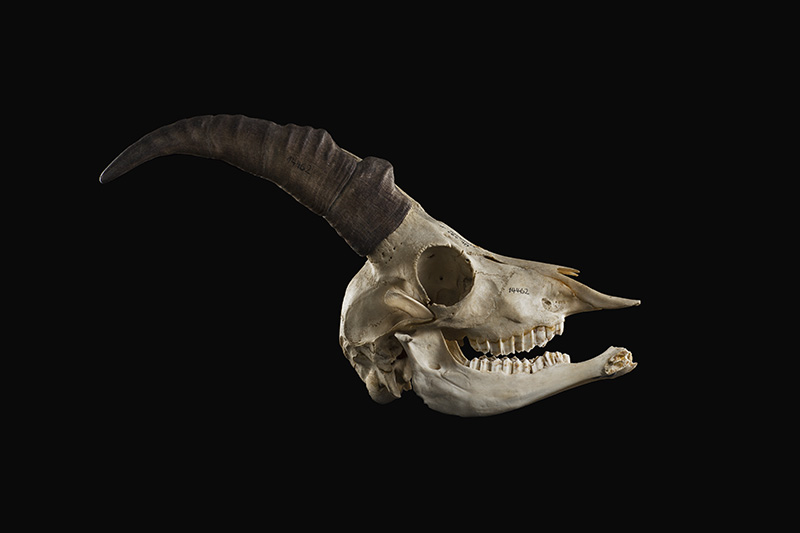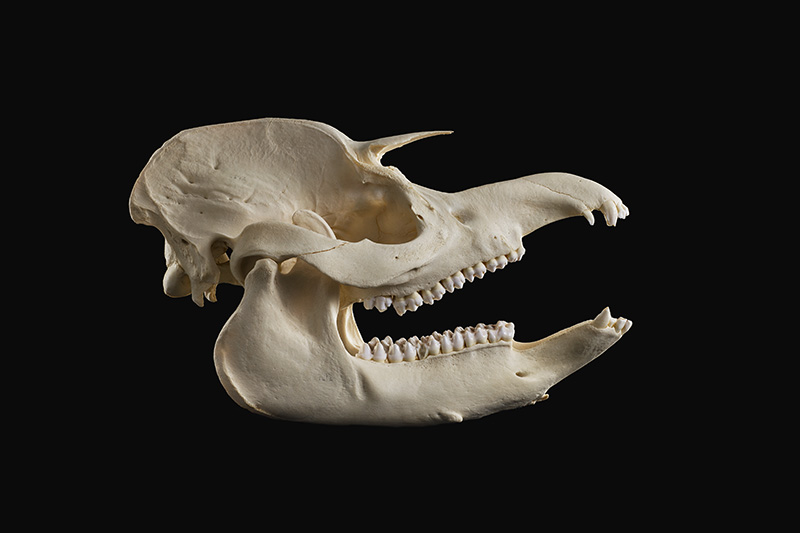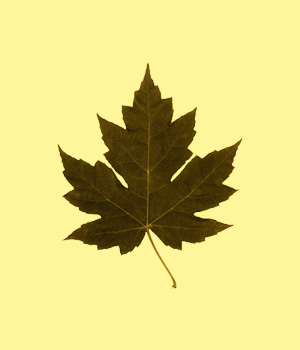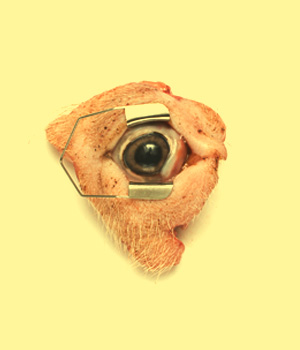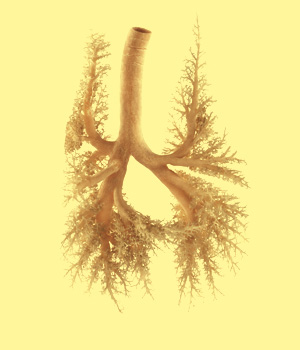Thinking out of the box
Ideas of Evolution in the Case of Feed Crushing Among Herbivores
In terms of digestion, it would be easier if all animals were meat eaters!
In terms of evolution, however, this would be counterproductive, since suitable niches would go unused.
Various mammals – and vetebrates generally speaking – rely on plant matter for nutrition. To this end, they rely on living microbes within their gastro-intestinal system in order to digest plant fibers. The more they're able to break this material up – for example, through chewing – the more efficiently the microbes can use it.
For this reason, within the evolutionary history of mammals, there is enormous diversity in terms of the chewing surfaces of teeth. Among large herbivores, equines hold the record: Their molars have the most complex surface of any mammal. And as can be expected, they're able to break up food into smaller pieces than any other mammal – in proportion to size.
Would it even be possible to outdo horses in this situation? Even more complicated teeth – that would hardly be possible. The evolution of ruminants (animals that regurgitate and chew their cud) is proof that we shouldn't get stuck trying to solve the problem – in terms of teeth – in just the one way.
Chewing, for one thing, could be more efficient. If only we could swallow the pieces that we'd already chewed up into little pieces and get to work on the larger pieces. But that's not something we're capable of – at least within the oral cavity. However, ruminants (and that includes deer, giraffes, antelopes, gazelles, bovines, sheep, goats as well as – though not directly related – camels) are able to accomplish exactly that, through use of their forestomachs: They help them sort. Small pieces stay in the forestomach and are further digested there. Pieces that are still large will, after a time, be regurgitated and chewed again – or 'ruminated'.
If you compare mammals to one another, then – for their size – no animal has finer food particles in their digestive tract than ruminants. Rather than 'thinking inside the box' – and trying to come up with ever more complex structures of teeth – ruminants are an example of 'thinking outside the box' – and trying out totally new solutions for the problem!
Prof. Dr. Jean–Michel Hatt is Professor for veterinary medicine at the Clinic for Zoo Animals, Exotic Pets and Wildlife at the Vetsuisse-Faculty of the University of Zurich. More
Prof. Dr. Marcus Clauss is Professor for veterinary medicine at the Clinic for Zoo Animals, Exotic Pets and Wildlife at the Vetsuisse-Faculty of the University of Zurich. More
Related contributions
